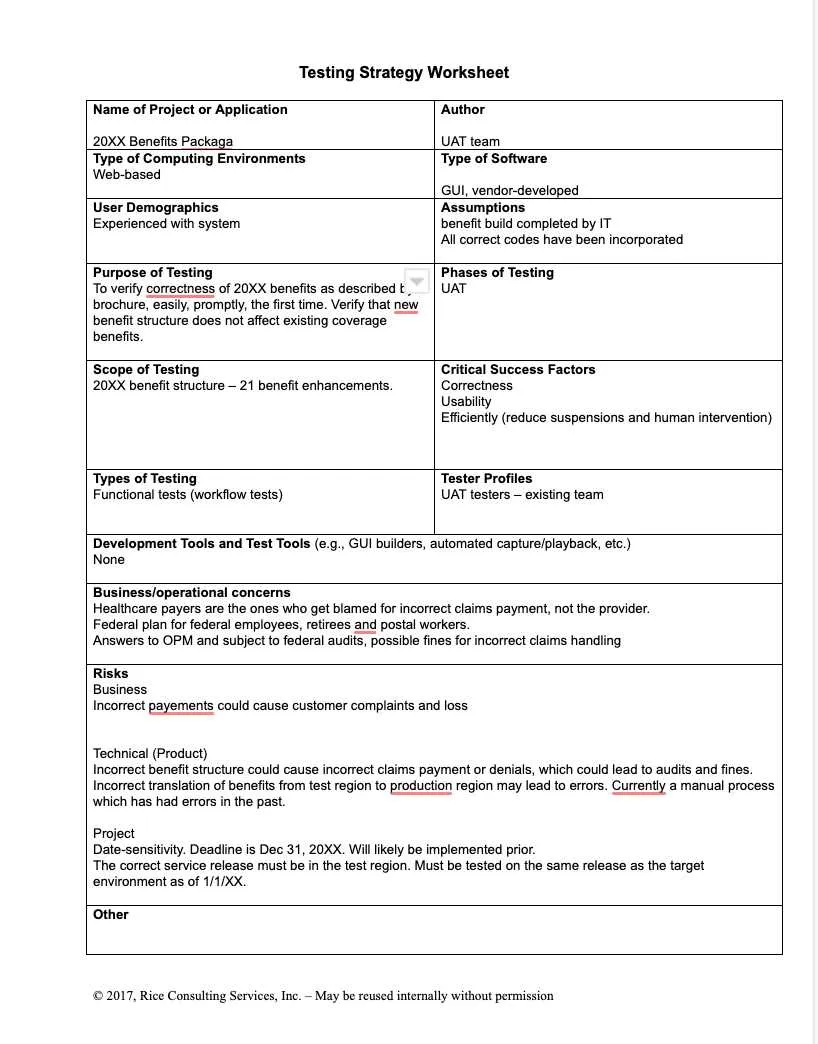Establishing a robust test environment is crucial for software development and quality assurance. To ensure the effectiveness and efficiency of your testing process, it’s essential to clearly define the requirements for your test environment. A well-structured test environment requirements template provides a comprehensive framework for documenting and communicating these requirements, ensuring that all stakeholders are aligned and working towards the same goals.

Elements of a Comprehensive Test Environment Requirements Template
A thorough test environment requirements template typically encompasses various key elements, including:
**Hardware Specifications:** Define the minimum and recommended hardware specifications for the test environment, includingprocessor, memory, storage capacity, and network capabilities. This information ensures that the test environment can adequately support the testing activities and simulate real-world usage scenarios.
**Software Requirements:** Specify the operating system, software applications, and tools required for testing. This includes the specific versions and configurations that must be used to ensure compatibility and consistency throughout the testing process.
**Network Configuration:** Define the network infrastructure requirements for the test environment, including network topology, bandwidth, latency, and security measures. This information ensures that the test environment emulates the target production environment and provides realistic testing conditions.
**Data Management:** Specify the data requirements for testing, including data sources, data formats, and data volumes. This information ensures that the test environment contains the necessary data to perform comprehensive and meaningful testing.
Additional Considerations for a Comprehensive Template
In addition to the core elements, a comprehensive test environment requirements template should also address the following:
**Security Requirements:** Define security measures to protect the test environment from unauthorized access and ensure the integrity of test data. This includes authentication mechanisms, access controls, and data encryption.
**Disaster Recovery and Backup:** Establish a disaster recovery plan for the test environment, including procedures for backing up and restoring data in the event of a system failure or data loss. This ensures that testing can be quickly resumed with minimal disruption.
**Monitoring and Metrics:** Define monitoring requirements for the test environment, including performance metrics, system logs, and error tracking. This information helps identify potential issues and ensure the stability and reliability of the test environment.
**Version Control:** Implement a version control system for the test environment to track changes and ensure that all stakeholders are working with the latest version of the requirements. This fosters collaboration and prevents errors caused by outdated information.
Conclusion
A well-defined test environment requirements template is a valuable tool for establishing a solid foundation for software testing. By clearly documenting and communicating the requirements, you can ensure that the test environment meets the specific needs of your project and provides a reliable platform for conducting effective and comprehensive testing.
To achieve optimal results, involve all relevant stakeholders in the process of creating and refining the test environment requirements template. This collaborative approach ensures that all perspectives and needs are considered, resulting in a comprehensive and actionable plan that supports the successful execution of your testing activities.